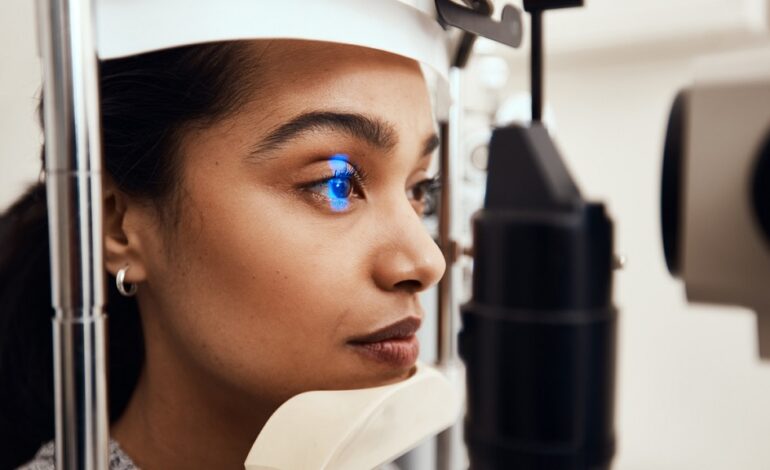Eye health: 6 things you probably didn’t know about myopia

Globally, at least 2.2 billion people have some form of vision impairment or blindness.
A 2019 report by the World Health Organisation (WHO) found that changing lifestyles and access to eye healthcare have played a role in over one billion people worldwide living with vision impairment – conditions that could have been prevented or remain unaddressed.
Of these conditions, myopia or shortsightedness is one of the most common refractive errors facing people of all ages worldwide.
Here are a few interesting facts about the widespread condition:
Myopia is an eye disease: Myopia is a severe condition that’s now classified as an epidemic, with childhood-onset myopia becoming a rapidly growing threat to children across the world. Myopia is an eye disease in which the eyeball grows too long and results in light being focused in front of the retina instead of directly on it.
Due to the eyeball’s elongated shape, incoming light doesn’t focus on the retina the way it’s meant to, making objects in the distance appear blurry. The eye will stop elongating when the rest of the body stops growing in early adulthood.
Family history plays a role: If one parent is nearsighted, the child has an increased risk (25 per cent) of developing myopia. But, when both parents have the disorder that risk doubles.
Environmental factors can play a role: The development and progression of myopia is multifactorial. Interestingly, a lack of time spent outdoors has been found as one reason for the significant jump in cases. Increased myopia progression is to be expected when people engage in hours of near-focus work associated with screen exposure due to schoolwork, reading and other activities.
The condition is progressive: Myopia usually starts around puberty and gradually worsens until adulthood. The condition can also develop in children as young as age six. As the body grows, so do the eyes. Where myopia develops in childhood but is left untreated, it can degrade during adolescence – being a life stage of rapid growth. Myopia isn’t limited to childhood or teenage development as it can occur during adulthood.
More serious conditions can develop: Children with myopia are more likely to develop eye diseases and conditions later in life that threaten their vision long-term, such as glaucoma, cataracts, macular degeneration, and retinal detachment. This risk is even higher with children who develop high myopia. There’s a 50 per cent higher risk of these children developing glaucoma, they’re three times more likely to develop cataracts, and six times more likely to develop retinal detachment as adults than their peers who don’t have myopia.
Myopia can be managed: There are three broad categories of interventions for myopia control, and each works in different ways to stymie myopia development or progression. With lenses, patients have the option of myopia control contact lenses, myopia control eyeglasses and orthokeratology. Low-dose atropine eye drops have had success in myopia management. Finally, increasing time outdoors and reducing prolonged near-work activities can help slow the progression of the disease.





